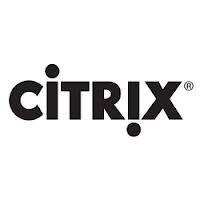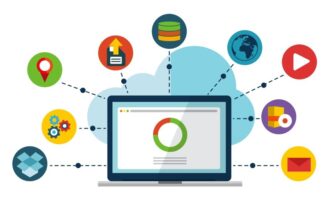Network Virtualization represents the most significant innovation in networking since the inventions of Ethernet and the multi-protocol router, two technologies pioneered to level the playing field for device connectivity. Network Virtualization is an emerging technology that will prove to be incredibly virtuous to enterprise IT. It will be foundational in enabling IT spend to shift more to the cloud.
Network Virtualization represents the most significant innovation in networking since the inventions of Ethernet and the multi-protocol router, two technologies pioneered to level the playing field for device connectivity. Network Virtualization is an emerging technology that will prove to be incredibly virtuous to enterprise IT. It will be foundational in enabling IT spend to shift more to the cloud.
While the benefits of cloud are widely understood and easily articulated in terms of agility, operational efficiency, better capital utilization, new consumption models, the benefits are hard to realize due to networking barriers. The networking barriers inhibiting multi-tenant cloud deployment are high. Inadequacies of earlier attempts to bring together networking and server hypervisor technologies have further exacerbated these issues, causing many enterprises either to enact fragile, static deployments models – or, worse, bypass the benefits of cloud entirely. We believe the cloud model should extend beyond simple virtualization to include all of infrastructure. Virtualizing the network is key to making this happen.
But more importantly, Network Virtualization will help enterprises of all sizes make the most of their current infrastructure, and will deliver a significant return on investment for internal organizational use. See, this could be very virtuous.
Network Virtualization starts with an architecture that decouples the physical from the virtual aspects of networks. The physical network of an organization continues doing the work it was designed to do. It forwards packets, using trusted and well understood routing protocols. The virtual network, however, manages and orchestrates. It maintains operational policies, including access control lists, configuration policies, and network services.
Network virtualization enables the creation of multiple virtual networks on top of network hardware. These virtual networks are topologically independent and have the same operational model of virtual machines found in server virtualization. They can be easily set up and torn down with no changes to the physical network substrate. Network virtualization, if done correctly, should be able to run any workload that is compatible with existing networks, over any type of hardware at any location.

This post by BobGourley was first published at CTOvision.com.







